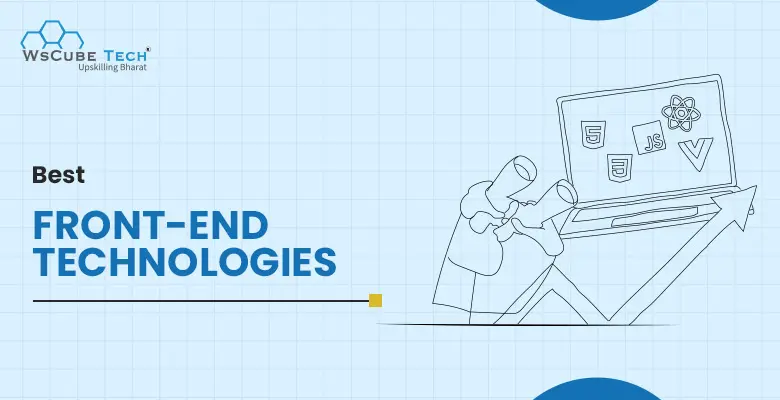Web technologies are evolving rapidly. Every month, a new tool or technology replaces an old one. Hence, it is getting challenging for businesses and developers to keep track of all advancements in the tech world.
Frontend development is no exception. It is a critical part of the web development process, and we have witnessed significant changes in frontend technologies over the years. It has moved beyond HTML, CSS, and JavaScript.
We can now find various technologies and tools for frontend development, which are used to build websites and web apps for multiple platforms. As you work on the client side of a website, you will want to select the right technology for your project and leverage it to its full potential to create impressive user interfaces.
In this blog, we have shared the top frontend web technologies to use in 2025 and beyond.
What is Frontend Development?
Frontend website development refers to creating the user interface of a website. It includes images, buttons, loading symbols, carousels, navigation, and text, which together form the visual appeal that users see and feel while visiting a website.
It balances layouts and programming, enabling user interactions and actions. Frontend development is the process of implementing web design. This is achieved using frontend developer technologies, such as HTML, CSS, and JavaScript, which we will discuss in the next session.

Upskill Yourself With Live Training (Book Free Class)
Frontend Technologies List
The following frontend web technology list comprises a mix of established, trending, and emerging technologies. These technologies are commonly used to design user interfaces across industries and are listed below in no particular order.
- HTML
- CSS
- JavaScript
- AngularJS
- VueJS
- ReactJS
- Flutter
- React Native
- Bootstrap
- NPM
- Ionic
- GatsbyJS
- Monorepo
- Three JS
- GraphQL
- Design System
- Remix
- PWA
- Headless CMS
- Micro Frontends
1. HTML

HTML (HyperText Markup Language) is the standard frontend language to create web pages. It was created by Tim Berners-Lee in 1991, with its first version named HTML 1.0. However, its first standard version, HTML 2.0, was published in 1995. Over the years, HTML has become the foundation of frontend web development and will remain important for years to come.
HTML combines HyperText and Markup language. The former deals with the links between the pages, while the latter defines the text document within the tag to create page structure.
Key Features
- HTML enables developers to create the structure of a website.
- It may not be used to create the most dynamic user interfaces, but it offers basic tools for adding forms, buttons, containers, and other elements.
- It uses predefined tags that tell the browser how to display content.
- The browser uses HTML to manipulate texts, images, and other website elements and display them in the required format.
- It is platform-independent and easy to learn and use.
Also Read: How to Become a Frontend Developer? A Complete Roadmap
2. CSS
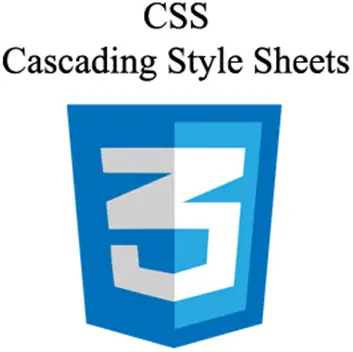
CSS stands for Cascading Style Sheets. It is one of the core frontend development technologies and is used to style a website. It defines how to display different HTML elements on a screen, ensuring the website is visually appealing and responsive. It also helps add animations to the website, making it more interactive and seamless.
Key Features
- CSS allows us to specify the style and format of various elements into one code string.
- Using CSS, we can control the style, color, space, and other aspects.
- As it is a clean coding technique, search engines can read content easily.
- When we fix a CSS style sheet, it also automatically updates the other CSS style sheets. Hence, we don’t need to fix every page individually.
- We can conveniently change the format in CSS by changing the format of one page.
3. JavaScript

JavaScript has always been and will remain a crucial frontend technology for web development. It enables developers to change the content of mobile and desktop applications while implementing several features, including animations, shopping carts, web browser games, tax calculators, etc.
Key Features
- It was initially created for DOM Manipulation. Before JS, websites were mostly static, but JS helped create dynamic websites.
- It doesn’t need a compiler.
- JS functions are objects. So, methods and properties in JS are also treated like objects, which can be passed as arguments.
- It is a lightweight language because of its low CPU usage.
- It is easy to use and has minimal syntax, which means there are no data types.
4. AngularJS
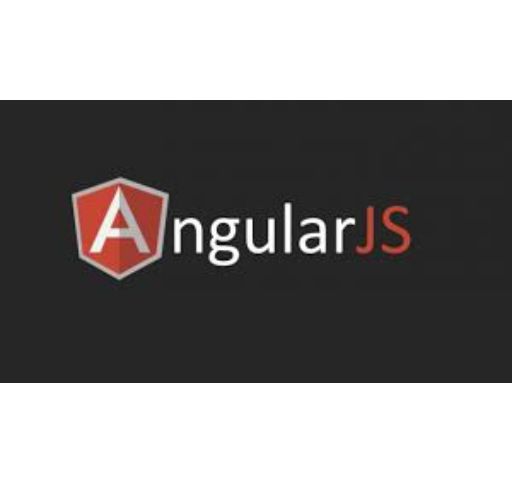
AngularJS is a Google product that has been considered one of the top frontend technologies for years. It is an open-source JavaScript framework written in TypeScript. It has multiple versions and is used to build single-page applications, making it among the most widely used technologies globally.
Angular is a well-known name in the tech industry, and a huge community of Angular developers support it.
Key Features
- It provides Model View Controller (MVC), data binding, cross-platform support, and dependency injection.
- It makes websites and web applications attractive and appealing for users.
- It offers declarative UI expressions, providing structured and understandable components that are easy to manipulate.
- Companies like Netflix and PayPal use Angular.
- It is easy to learn and implement and is free to use.
5. VueJS
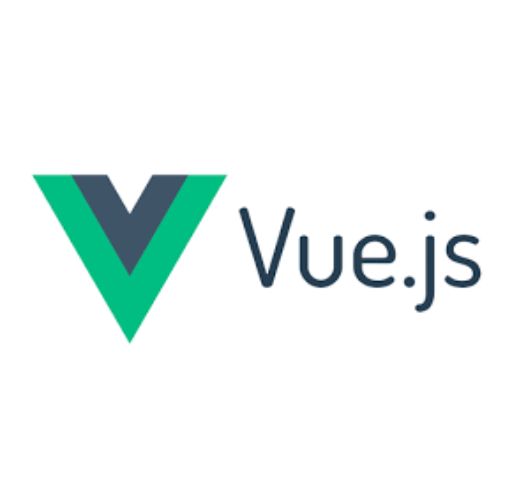
VueJS was first released in 2013 and has undergone various changes in the last few years. It is a JavaScript library used for creating single-page applications and user interfaces with declarative and component-based programming experience. When combined with other tools, it can be a framework, too.
Key Features
- Developers rely on this open-source framework to achieve the best results with minimal effort, as they need to write only a few lines of code.
- The core layer of Vue primarily focuses on the view aspect of an application.
- One can easily access its functions and name them based on requirements.
- It comes with no baggage and is fresh. It works on mistakes and includes only the best features of Angular and React.
- Perfect for beginners as it doesn’t have a deep learning curve. It is easy to learn and use.
- You just need to understand the basics of HTML, CSS, and JavaScript to get started with Vue.
6. ReactJS
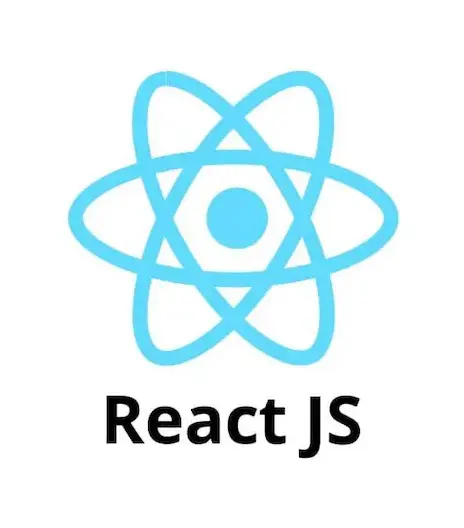
ReactJS is another JavaScript library for frontend web development. It is designed and maintained by Facebook to improve the performance and maintenance of the platform. It has a new syntax and is powered by JS. Its declarative and component-based nature makes web development faster and easier.
This open-source framework is one of the best frontend web technologies with a vast community of developers. It manages the view layer for mobile and web applications, and allows users to build reusable UI components.
Key Features
- It is a flexible library. So, a fair understanding of React basics enables you to use it for an array of platforms to build impressive user interfaces.
- Its components are usually written in JSX, a JavaScript extension syntax to quote HTML and use HTML tag syntax for sub-components.
- As everything in React is a component, you can easily import these components by simply writing require(‘my-component’).
- Facebook supports React and uses it for Instagram and Facebook apps.
- It uses the Virtual Document Object Model (DOM), which facilitates programmers to write code as if the entire web page were rendered on every change.
- You can add comments to the list to speed up the process.
- You can find numerous blogs on React.org, explaining every topic related to React to readers.
- It supports only downstream data in one flow, which makes it the best framework for interactive web applications.
- React APIs are easy to understand and offer a great development experience.
Also Read: Careers in Web Development (Paths & Opportunities)
7. Flutter
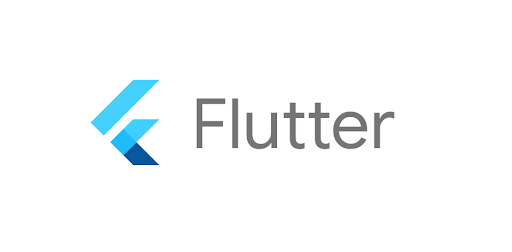
Flutter is an open-source user interface development kit created by Google using Dart, a programming language. Developers use it to create cross-platform apps with one programming language and a single codebase.
Key Features
- Flutter has a huge library, which allows developers to build applications without writing numerous lines of code. Therefore, multiple platforms trust this technology to create applications without writing lengthy code.
- Its widgets make creating interactive and dynamic UI easier, as developers can use pre-created templates to build applications.
- It is the top choice to make cross-platform applications compatible with iOS, Android, Windows, Linux, and other operating systems.
- It is also used to build different web forms with a single code base.
- Flutter ensures a streamlined development process, faster speed, hassle-free testing and debugging, and flexibility to share code between two platforms.
8. React Native

Next on our frontend technologies list is React Native, an open-source React-based framework used for building cross-platform applications. It is created by Meta platforms to make writing cross-platform code simpler and more accessible.
Key Features
- Its main goal is to help developers conveniently create cross-platform apps for Android, Windows, iOS, Web, etc.
- Allows integration with third-party APIs and applications designed with the mobile-first approach.
- It enables web developers to build responsive and interactive user interfaces with faster loading time.
- Developers use React Native to build applications that feel and look native.
- Developing React Native applications is affordable and fast.
9. Bootstrap
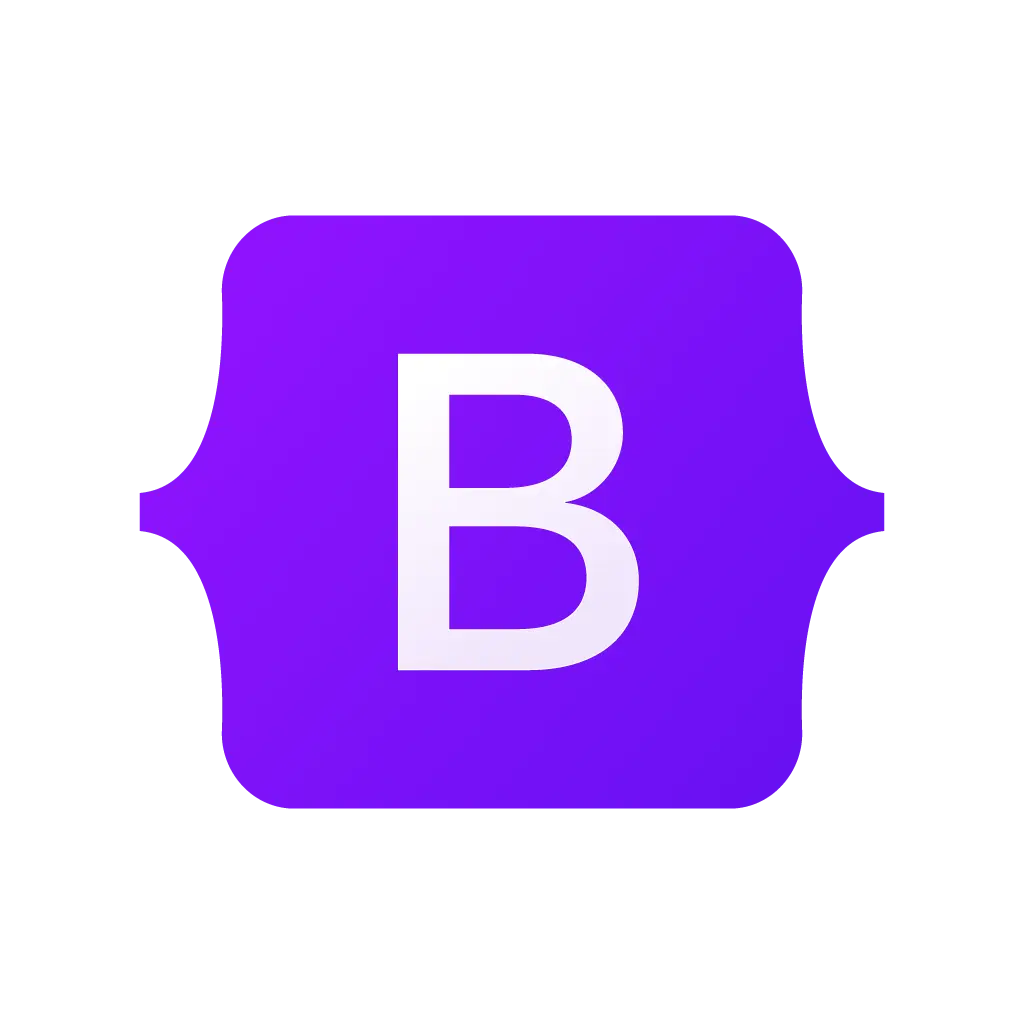
Bootstrap is another popular frontend technology created by Twitter. It helps build responsive, mobile-first websites and web apps. Bootstrap is mainly a frontend development toolkit that includes several features and components.
Key Features
- Twitter created Bootstrap to bring consistency across all the internal tools.
- It was introduced to the public in 2011 and has emerged as a trusted framework.
- It can be used with almost any development framework.
- It is a library of predefined CSS classes to accomplish common tasks.
- It is easy to use and customize to meet specific project requirements.
- Its responsive grid system adapts to different screen sizes easily.
- It also includes form validation, typography styles, and several other components.
- It comes with multiple features and components.
- Its features also include built-in support for JavaScript plug-ins.

10. NPM
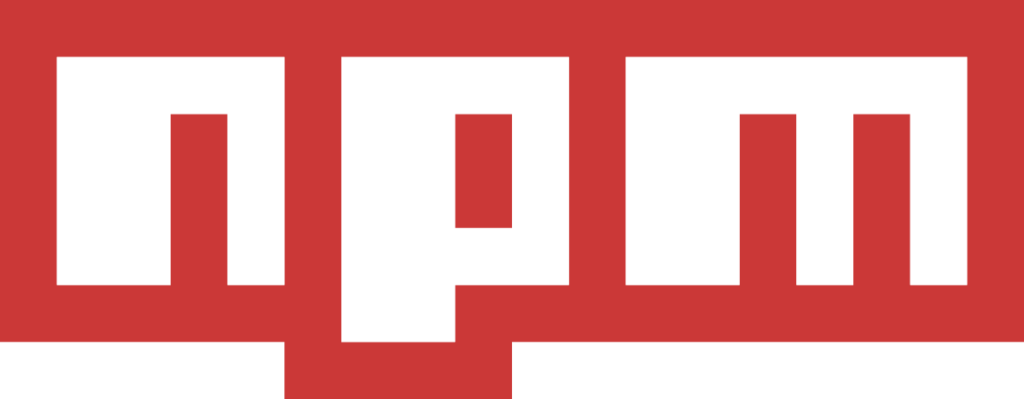
NPM is a Node Package Manager (NPM) for JavaScript programming language. NPM Inc. maintains it. Developers use NPM to find packages of reusable code and collect and use them in new and useful ways. This default package manager provides a runtime environment for NodeJS.
Key Features
- A popular frontend tech and tool used as a command-line utility to communicate with the repository helping the package.
- It discovers and reuses around 470,000 free code packages.
- You need to have NodeJS to publish and install packages for the public or private NPM registry.
- It uses the same workflow to manage public and private code.
- It downloads and stores modules in one common place, enabling Node to discover and use them while managing dependency conflicts.
- It promotes code discovery and reusing them within teams.
- It is primarily used for publishing, installing, finding, and developing Node programs.
- JavaScript frameworks, such as Angular and React, need NodeJS and NPM to provide information to the native apps and run the applications.
Interview Questions for You to Prepare for Jobs
11. Ionic
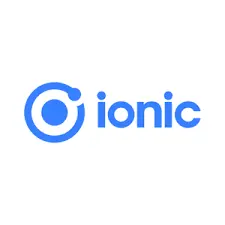
Ionic is one of the top frontend development tools. It is an open-source software development kit introduced in 2013. Ionic2 is a great option for cross-platform mobile app development and frontend development. It allows developers to build native and web-optimized apps efficiently.
Key Features
- Ionic makes mobile and web application development effortless. Using the same code, developers can create applications for iOS, Android, Windows, and other operating systems.
- It includes multiple plug-ins and built-in push notifications.
- Ionic applications comprise components, which are high-level building blocks with features to develop and design UI faster for applications.
- It is completely free to use and has a huge community on Slack and StackOverflow to support it.
- Ionic framework is used to make popular applications, including Amazon Prime Video, Netflix, Hulu, and more.
- It uses one code base for all platforms.
- It is coded in Angular.
- Ionic framework is trusted by the National Health Service, Bobcat, Southwest Airlines, and other leading companies for their applications.
Also Read: Top 20 Front-end Development Projects
12. GatsbyJS

GatsbyJS is one of the best fronted technologies, combining the top features of GraphQL, React, and Webpack. It equips developers with a React-based framework to build secure, fast, and robust websites. They can design responsive interfaces for users to offer seamless and memorable experiences.
Key Features
- Developers can work with data sources, such as Markdown and CMS.
- Its innovative data layer makes it possible to integrate APIs, content, and services into a single web application.
- With basic knowledge of JavaScript, learning Gatsby is easier for developers.
- Developers prefer this technology for its documentation and static site generator.
- It offers exclusive features, such as code-splitting and image optimization, that enhance website performance. It also allows users to load features on demand.
- It is used for e-commerce websites, blog pages, and other static sites with under 500 pages with no expectations for content.
13. Monorepo

Monorepo, known as the version controller of the code repository, can hold multiple projects. These projects can be correlated or independent, running indivually on their own teams. With Monorepo, sharing assets and components between projects is much easier.
Key Features
- It is an architectural concept used to create a single repository that can store code for multiple projects.
- It has been in existence for more than three decades and is used by several open-source projects in their applications.
- It improves code visibility. Hence, a member from a different team can analyze and resolve your issue.
- One can manage a unified CI/CD pipeline for project deployment.
- It reduces dependency.
- A single code base ensures consistency, allowing the maintenance of code quality and standards.
14. Three JS
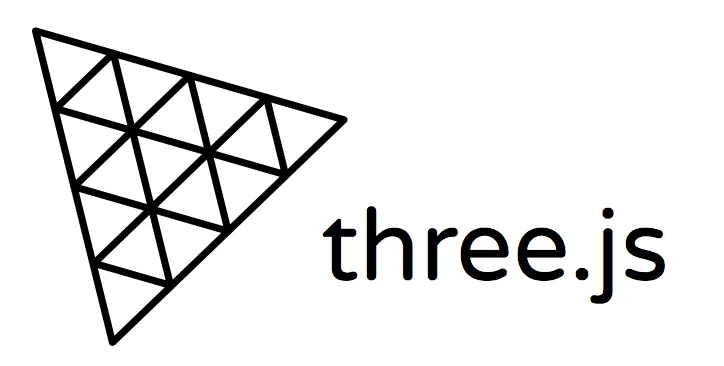
Three JS is a JavaScript library offering cross-browser features. It is used to create animations and 3D web graphics. It is gaining worldwide popularity and has huge community support. So, no frontend web technologies list is complete without Three JS.
Key Features
- It can run GPU-powered games and graphics-powered apps into a browser.
- This application programming interface designs and displays animated graphics in a browser using WebGL.
- Its community is constantly improving documentation and debugging.
- The best part is it comes with an in-built library and APIs for 3D animations.
- Using the ThreeJs abstraction, you can make WebGL development more efficient and productive.
- With knowledge of ThreeJS, you can understand complex WebGL code. You can read the code and understand it without any hassle.
15. GraphQL
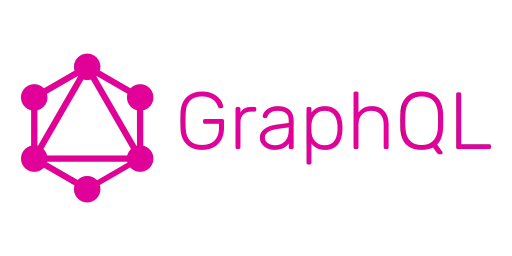
GraphQL was created by Facebook in 2012 for internal purposes and was released to the public in 2015. It is a query language and an open-source manipulation language for APIs. Developers use this frontend technology to get anything they need from the server without unnecessary data.
Key Features
- GraphQL comes with developer tools and is known for its excellent performance, making it one of the most trending technologies in this era of modern web development.
- More than a frontend or backend technology, it is a language used to exchange information between the two layers.
- It is a runtime application that fulfills the available data.
- It is a reliable technology to work in a declarative approach as it allows you to select the required data.
- It receives the request and sends requested data in JSON form, which includes values and keys.
16. Design System
Design Systems are a set of standards to manage designs at scale through predefined and reusable components.
Key Features
- Before you start with Design systems, assess the existing pattern, build a pattern library, design design language, and document guidelines on when and how to use design elements.
- They design text elements that can be reused throughout the design life.
- Its main pillars are a style guide and a pattern library.
- Common examples of Design systems are Ant Design, Chakra UI, and MUI.
- If you use MUI (Material UI) as a design system and want to implement a new component, you can find it in the MUI documentation.
Also Read: 12 Best Web Development Frameworks (Front-end & Back-end)
17. Remix
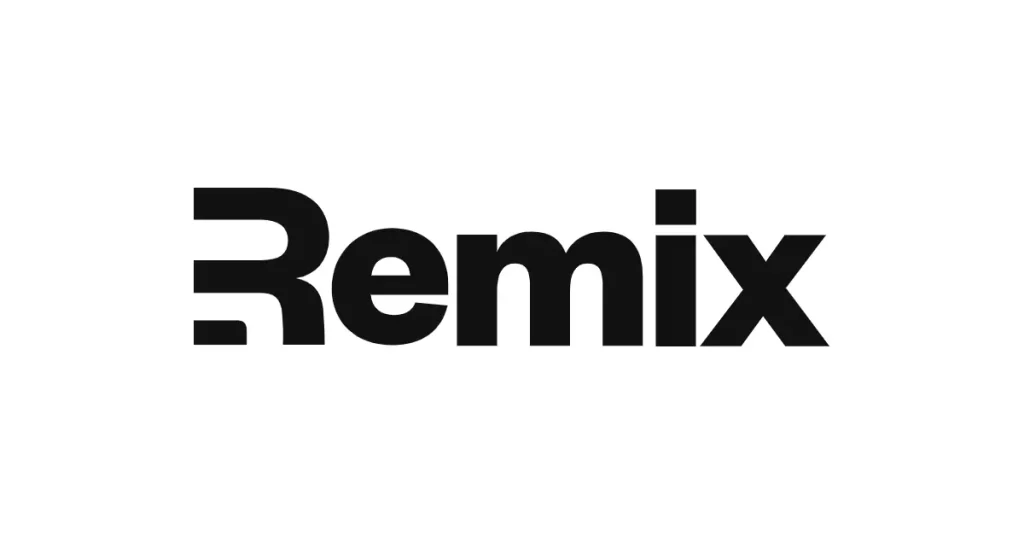
Remix is a React framework used for server-side rendering. It allows developers to focus on user interfaces of websites or applications, which provides fast and standard delivery with a great user experience.
Key Features
- It is among the top frontend technologies, fetching data on the backend and providing HTML to users.
- Using Remix, you can build a relational hierarchy of routes, showing each route as a separate file that can decide where to display its child hierarchies.
- You can use it as a server. It can interact directly with the database and services with server-side JS APIs.
- It comes with built-in features, including error boundaries, nested pages, and loading state handlers.
- Using native browser features and distributed systems, it offers faster page load and immediate transition in the browser.
- It works well with backend and frontend technologies.
- Built on Web Fetch API, it can run anywhere.
18. PWA (Progressive Web Apps)
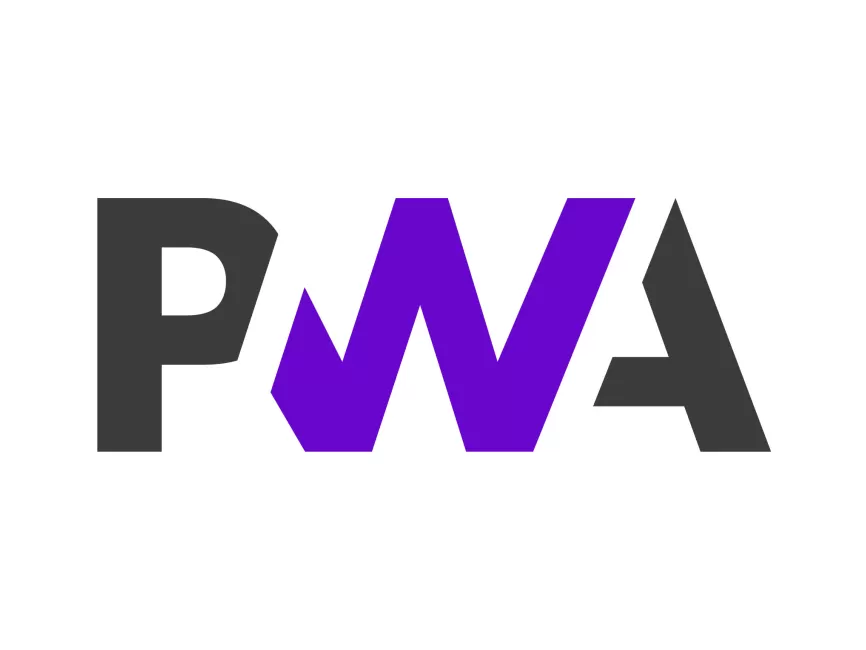
Progressive Web Apps are software applications delivered through the web and built using web technologies, such as HTML, CSS, and JavaScript. Its functionality and look are similar to native mobile apps.
Key Features
- An application is known as a PWS if it meets the installation criteria and can be accessed offline, like a home screen.
- When you open a PWA on your mobile device, it asks if you want to install it.
- It leverages cutting-edge technologies and design patterns to deliver faster results to users on mobile or desktop.
- It is compatible with all platforms, irrespective of the operating system.
- The common PWA examples include Pinterest, Starbucks, Flipboard, and BMW.
19. Headless CMS
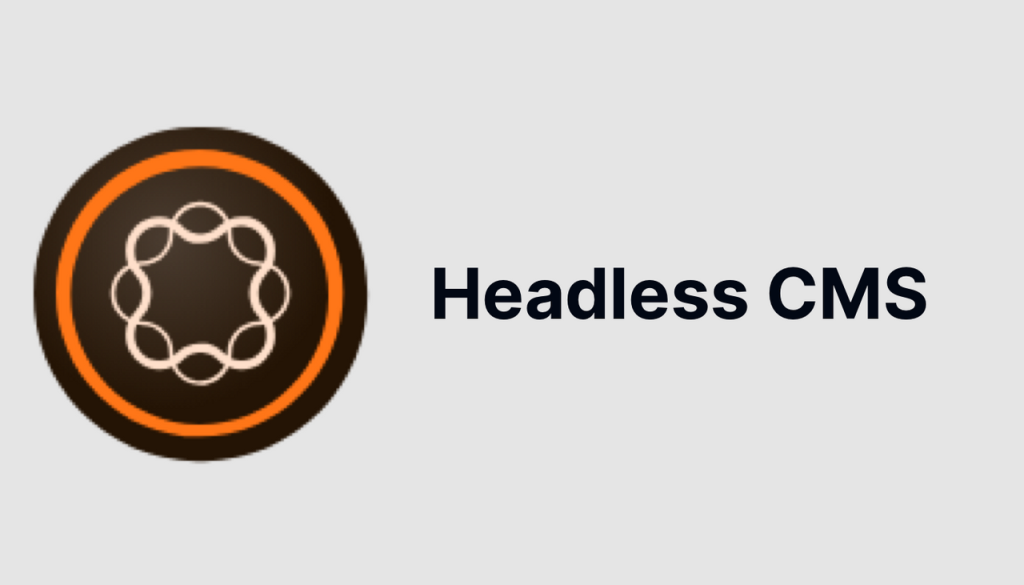
A Headless Content Management System (CMS) is a content management repository that can be accessed only via GraphQL queries or RESTful APIs, making it useful for blogs and static sites.
Key Features
- Headless CMS separates frontend and backend aspects of an application. Hence, developers and marketers can do their jobs without interfering with each other’s work.
- The frontend and backend are separated by the presentation layer. Therefore, you can manage all the content in one place.
- If your project has frontend restrictions of a regular CMS, Headless CMS can come to your rescue.
- It is a backend platform that manages digital content. Separating from the frontend, it allows more control over where and how the content is delivered to users.
- Common Headless CMS examples are Contentful, GraphCMS, and Prepr. Contentstack is also a Headless CMS solution with workflow management, asset management, and versioning features.
20. Micro Frontends
Micro Frontends is one of the latest frontend development technologies, combining various technologies and independent applications. It is an architectural concept that introduces the idea of microservices to the frontend world. This allows you to categorize applications according to their features, and a different team can manage each application in a separate code repository.
Key Features
- They are server-side compositions with numerous micro frontends composed at the server level before they are published in the browser.
- It divides a huge task into smaller and manageable tasks.
- The bit is the most helpful framework in Micro Frontends, providing ready solutions to build a Micro Frontend application.
- They are mainly used for larger domain projects that have various development teams. The technology simplifies the tasks by dividing them into multiple subdomains and deploying each of them independently.
- If a project requires multiple small teams with increased scalability and autonomy of projects, then Micro Frontends is a go-to option.

Factors to Consider When Choosing the Right Frontend Development Technology
Every frontend technology has strengths and weaknesses, and developers have their opinions on the right tech stack. Although there is no set method to select the best frontend technology, there are some factors that you can consider to get clarity. We have mentioned a few key factors that will help you choose the most suitable frontend tech stack for your project:
- The technology must be easy to use and learn and make it convenient for developers to create and update interfaces.
- It must have maintainable code that is easy to debug, test, and deploy.
- It must align with the project size and requirements.
- There must be a wide range of features.
- Reusable components for complex user interfaces.
- Experience and expertise in the technology.
- Number of team members working on a project.
- Compatibility with web browsers and devices to make websites responsive.
- Community and forum support so that you can seek help in case of any issue.
- Popularity of the technology.
- You must know the backend technology stack because, without this knowledge, you can’t move forward with frontend development.
- The value it adds to the project and the scalability it provides.
- It must focus on multiple factors simultaneously.
- It must be budget-friendly and have no recurring costs.
Also Read: Top 12 Front-End Web Developer Skills
FAQs about Frontend Technologies
Frontend technologies or tools are used to create interactive and responsive user interfaces or the client side of a website. They enable developers to style, design, and create web pages. Developers also use these technologies to decide the look and feel of a website and make it compatible with different devices.
The top frontend development tools are Bootstrap, Git, SaSS, Atom, CodePen, Google Fonts, Chrome Developer Tools, etc.
The best frontend development languages are HTML, CSS, JavaScript, Angular, jQuery, VueJS, and ReactJS.
The frontend frameworks make the development process easier and enhance developers’ productivity. These frameworks are a collection of HTML, CSS, and JS code. Some common examples are VueJS, AngularJS, and ReactJS.
Frontend developers use several methods to improve a website’s performance, including:
– Minimizing and compressing files
– Using Content Delivery Networks (CDNs)
– Implementing lazy loading
– Adhering to the best coding practices
Progressive Web Apps are known for providing a web application experience with features of native apps. Other benefits of PWAs are improved performance, offline access, better user experiences, and push notifications.
HTML, CSS, and JavaScript are the best frontend technologies for small web applications. These technologies enable developers to build applications without worrying about backend databases or code.
Single Page Applications are dynamic apps that render dynamically and update content without reloading the page. Developers use React, VueJS, and Angular frameworks to create SPAs.
Responsive designs ensure websites and web apps adapt smoothly to different devices and screen sizes. They are compatible with all devices and operating systems.
Conclusion
You are now familiar with the latest frontend development technologies and their uses. These tools and languages are gaining immense popularity, and it’s time to update your old technologies.
Choose the right technology that meets your project requirements and keeps you ahead of the competition. Your tech stack will decide your place and credibility in the industry.
If you are looking for comprehensive web development training, join WsCube Tech’s online Full stack web development course that focuses on practical learning and hands-on experience. Our trainers guide you at every step to make you career-ready and transform you into a full-fledged developer.
Read more blogs:



